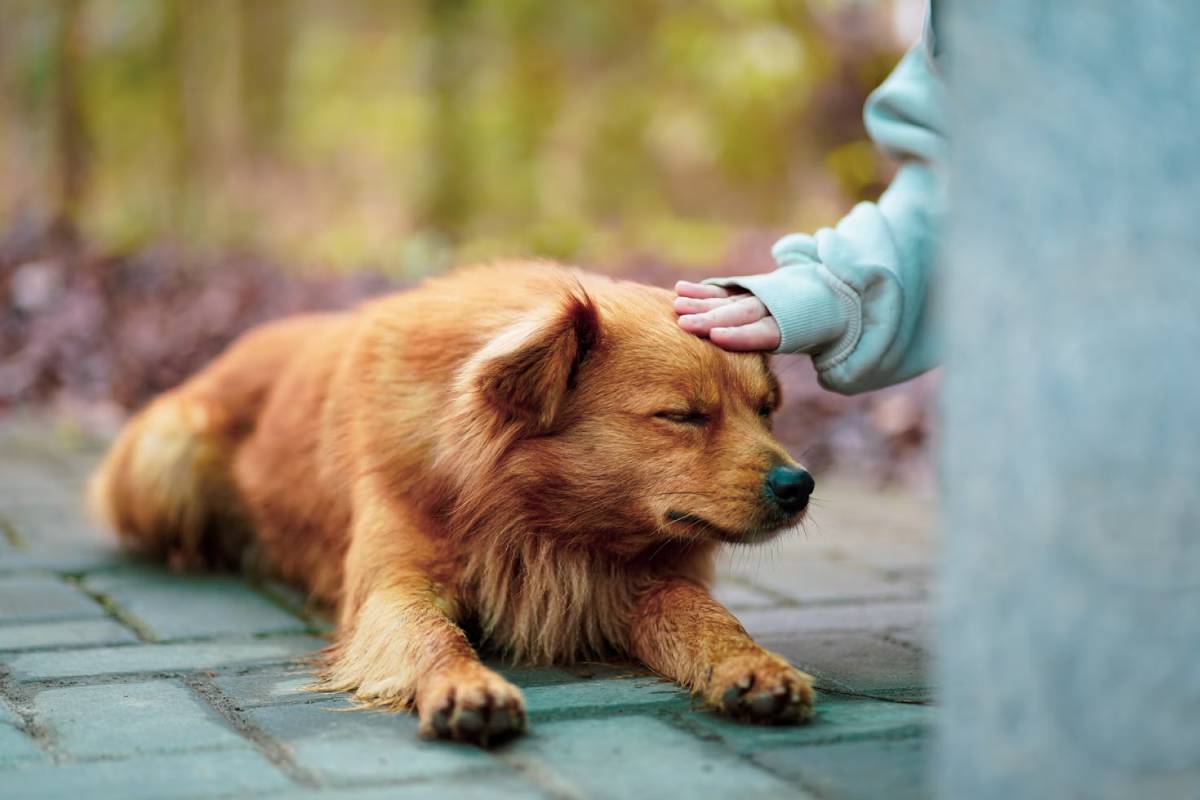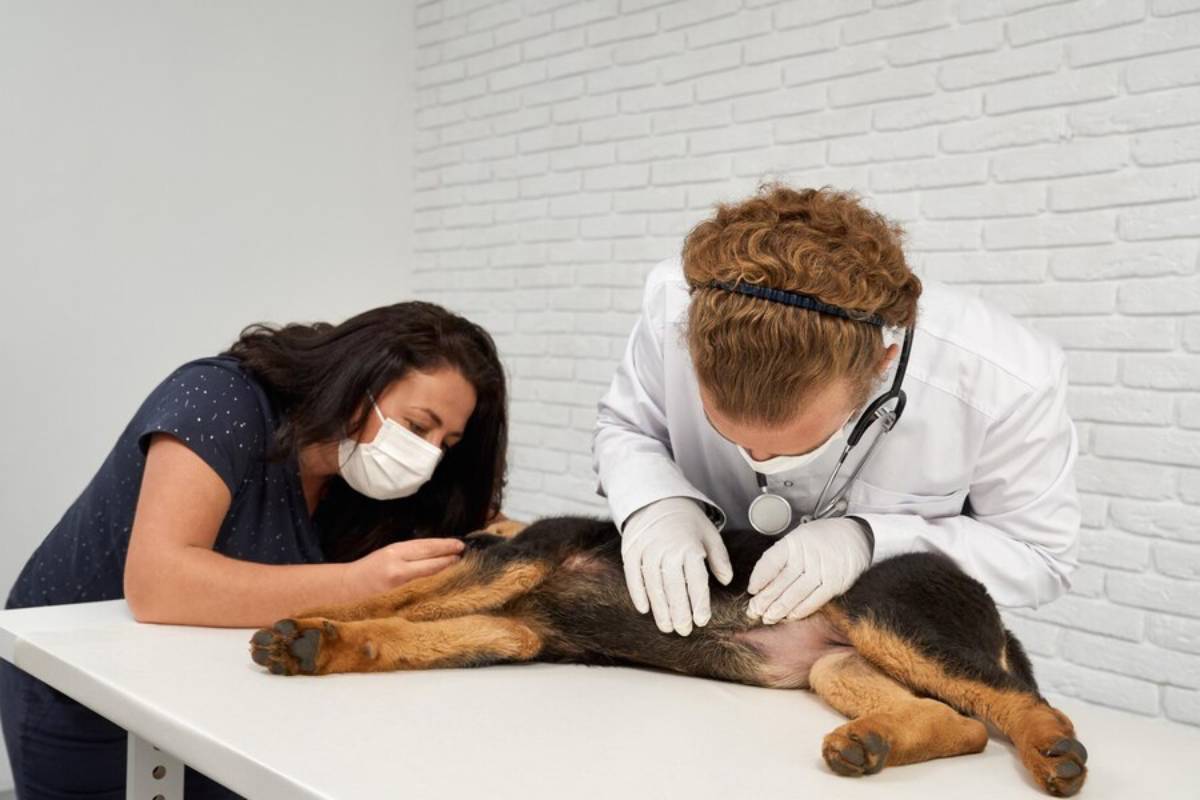
Recognising Signs of Pet Emergencies
No pet parent wants to think about the worst-case scenario. But emergencies can happen at any time, and knowing how to respond could save your pet’s life; from sudden illness to accidents, being able to recognise the signs and respond quickly is a crucial part of responsible pet ownership.
In this guide, we’ll cover the most common pet emergencies, what emergency signs pets should look for, and a few basic pet first aid tips you can follow until professional help is available.

What Is Considered a Pet Emergency?
Some emergencies are obvious — such as your pet being hit by a car or having a seizure, but other signs may be more subtle and still serious. A good rule of thumb: if your pet is behaving in a way that seems unusual, painful, or alarming, it’s worth a call to the vet.
Situations that typically require immediate care include:
- Difficulty breathing or choking
- Seizures or sudden collapse
- Severe bleeding that doesn’t stop within five minutes
- Ingestion of toxins (e.g. chocolate, medication, antifreeze)
- Hit by a car or fall from a height
- Bloated or hard abdomen, especially if your pet is trying to vomit
- Trouble urinating or defecating
- Signs of heatstroke
- Loss of consciousness or extreme lethargy
- Eye injuries or swelling of the face or limbs

Emergency Signs in Pets: What to Watch For
Your pet can’t tell you what’s wrong — so it’s essential to know the physical and behavioural signs that something may be seriously off.
1. Breathing Difficulties
Fast, shallow breathing, wheezing, or gasping can indicate a respiratory issue; blue or pale gums are also warning signs of low oxygen. If your pet is struggling to breathe, they need immediate help.
2. Collapse or Weakness
A pet that suddenly collapses or cannot stand or walk may be experiencing internal bleeding, heart failure, or poisoning; even if it seems to recover, it’s still a red flag.
3. Persistent Vomiting or Diarrhoea
Occasional stomach upset is common in pets, but if your dog or cat vomits multiple times in a short period, can’t keep water down, or passes blood, it may be more than just a mild issue.
4. Swollen Abdomen or Bloating
Dogs, especially deep-chested breeds like Great Danes, are prone to a condition called bloat or gastric torsion. This life-threatening situation causes the stomach to fill with gas and twist — often with no warning.
5. Seizures
A seizure may look like twitching, drooling, or sudden collapse with paddling limbs; while one seizure may not be fatal, a cluster or one that lasts more than a few minutes can be critical.
6. Unusual Behaviour or Appearance
Limping, whining, hiding, refusing to eat, or changes in posture can all be indicators of internal pain or illness; always trust your instincts — you know your pet better than anyone.
Basic Pet First Aid Tips
While your first step should always be calling your vet, knowing a few pet first aid basics can help stabilise your pet in the meantime.
Bleeding
- Apply gentle, direct pressure with a clean cloth or bandage.
- Don’t remove the material if it becomes soaked — apply another layer on top.
- Keep the pet calm to slow the bleeding.
Choking
- If your pet is gagging but still breathing, try to stay calm and rush to the vet.
- If they stop breathing or collapse, you may need to attempt pet CPR or perform the Heimlich manoeuvre — best learned from a vet or pet first aid course.
Heatstroke
- Move your pet to a cool, shaded area.
- Wet their fur with cool (not cold) water, especially on the belly and paw pads.
- Offer small sips of water and get to the vet immediately.
Toxin Ingestion
- Do not induce vomiting unless instructed by a vet.
- Bring the label or sample of what they ingested to help with treatment.

Creating a Pet First Aid Kit
Having a basic kit on hand means you’re better prepared in case of an emergency; here’s what to include:
- Gauze and bandages
- Non-stick pads and adhesive tape
- Tweezers and blunt scissors
- Saline solution or wound rinse
- Digital thermometer
- Muzzle (in case of pain-related aggression)
- Emergency vet contact information
- A copy of your pet’s medical records
Keep your kit in an easy-to-reach spot and take a smaller version with you when travelling.
When to Call the Vet (Even If You’re Unsure)
It’s always better to be cautious, even if your pet seems to recover quickly, call your vet to explain what happened; they may recommend coming in for a check-up or advise you on what to monitor.
Many vet clinics have emergency lines or partner hospitals they can refer you to after hours and if you’re unsure where to go, you can also call local emergency animal hospitals directly for advice.
Prevention: The Best First Step
Not all pet emergencies are avoidable, but many are with good habits. Keep toxic foods, medications, and cleaning products away from the reach of children. Be sure your pet is current on vaccines and parasite prevention. Keep them on a lead around roads or unfamiliar areas, and microchip them in case they are lost. Keeping an eye on changes in appetite, bathroom habits, or energy levels can help you catch health problems before they become serious.
Regular check-ups are important, too; your vet may notice early signs of problems that are easy to treat when caught early. Prevention doesn’t just save lives — it makes day-to-day life easier for both you and your pet.
Recognising the signs of a pet emergency can be scary, but being aware and prepared is the best way to help your companion when they need you most; learning how to spot unusual behaviours, knowing basic first aid, and trusting your instincts could be the difference between life and death. It’s not about reacting out of panic — it’s about being calm, informed, and ready to act when your pet needs you; even in the most stressful situations, a little knowledge can go a long way in protecting the animal you love.